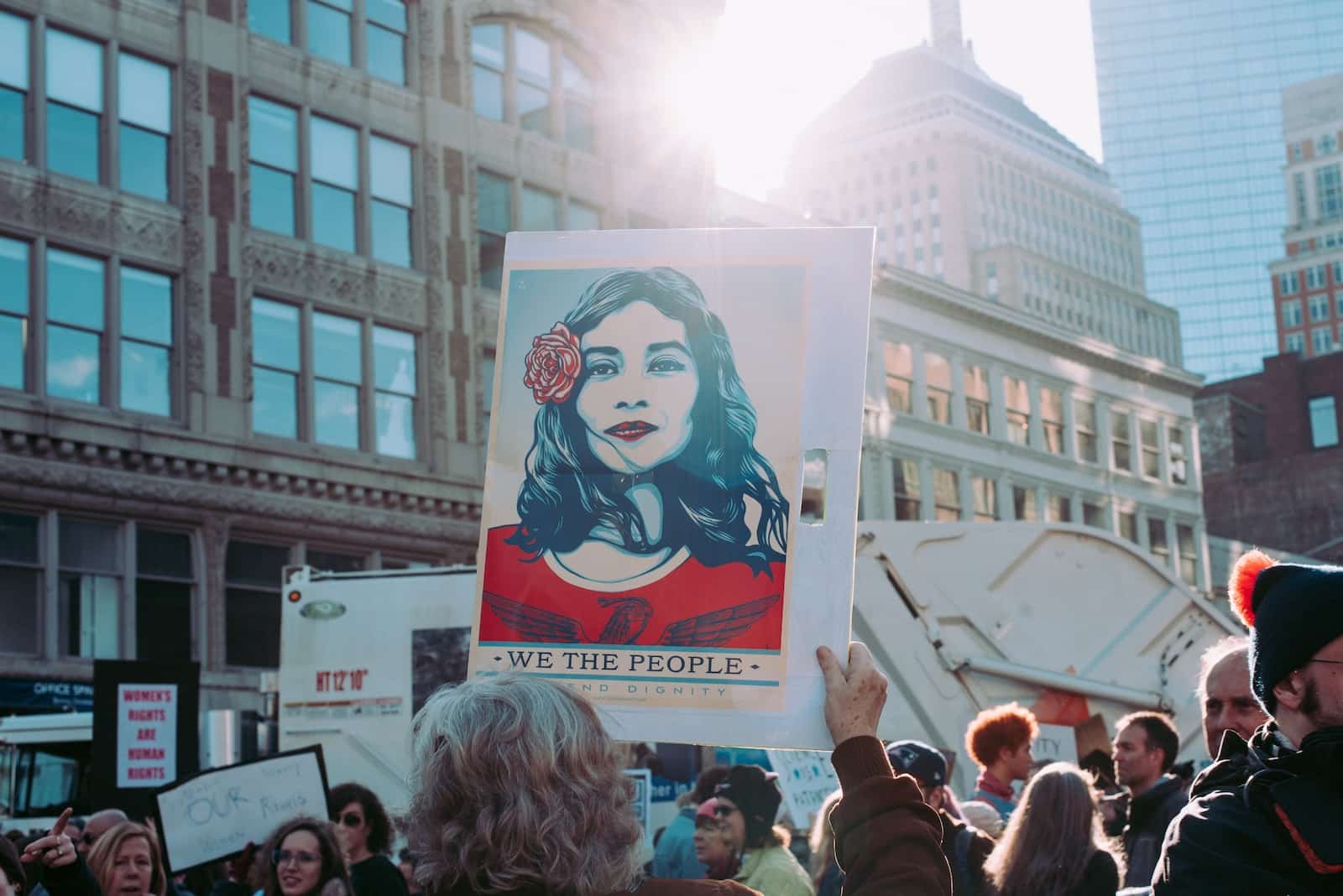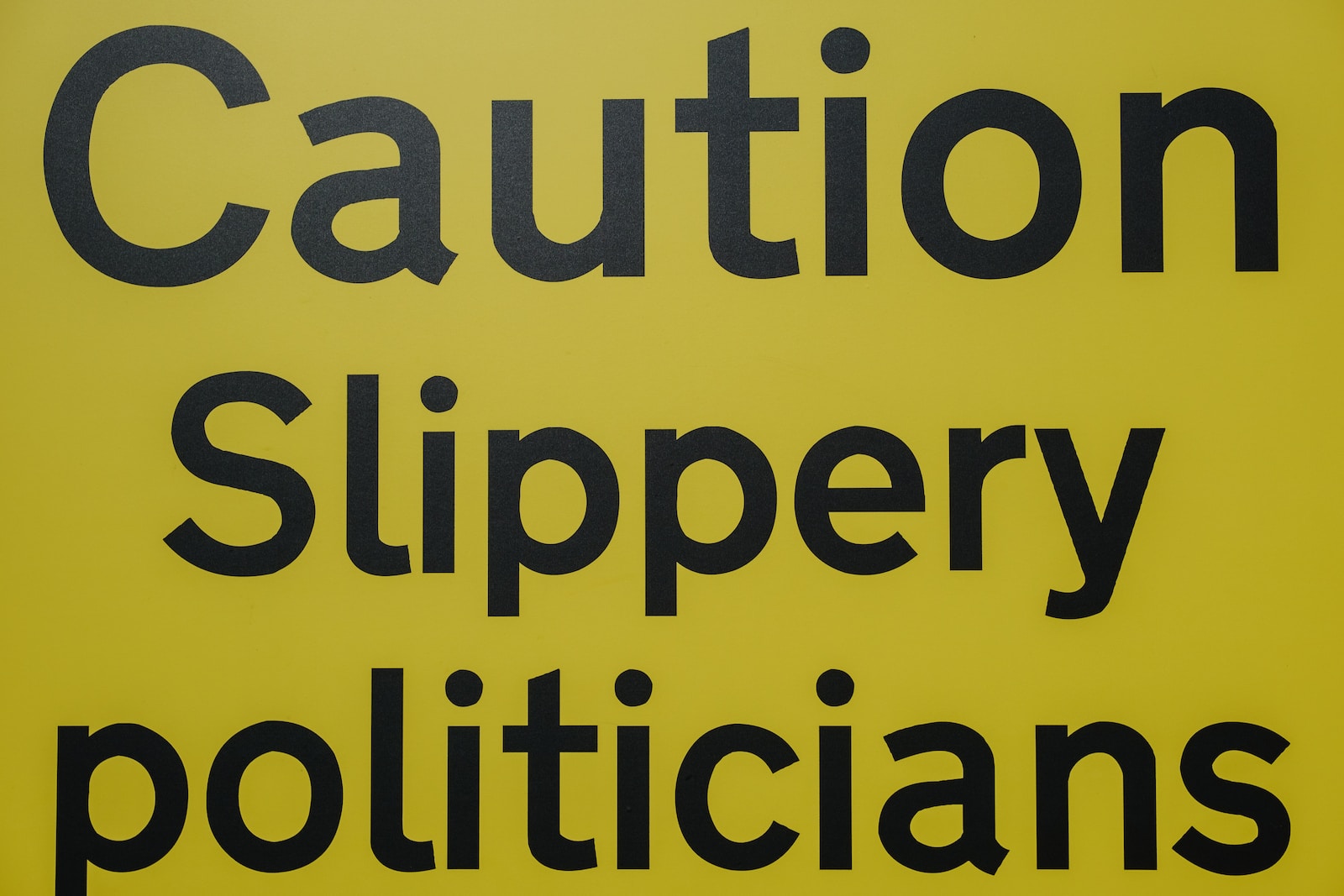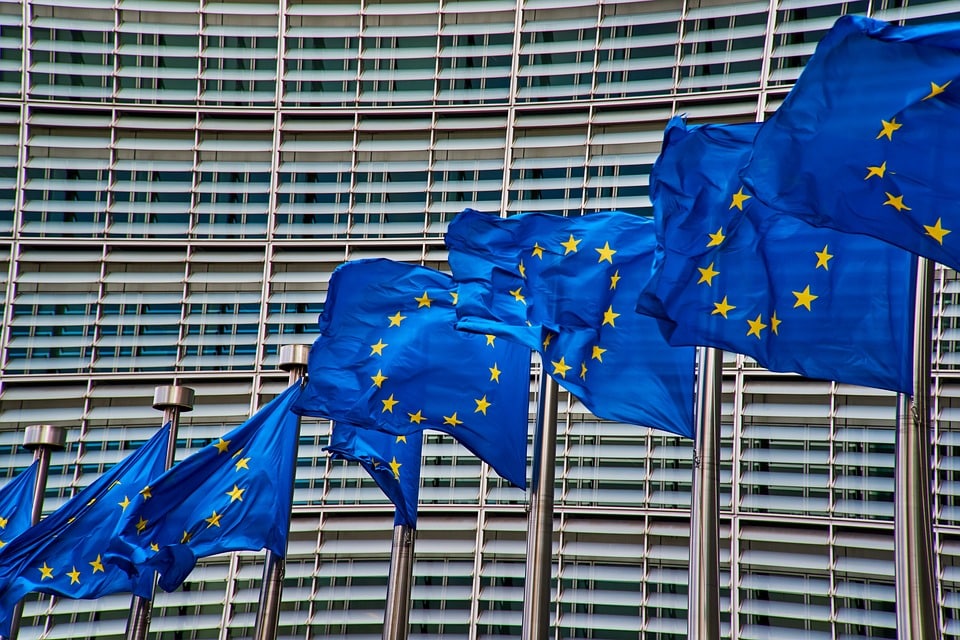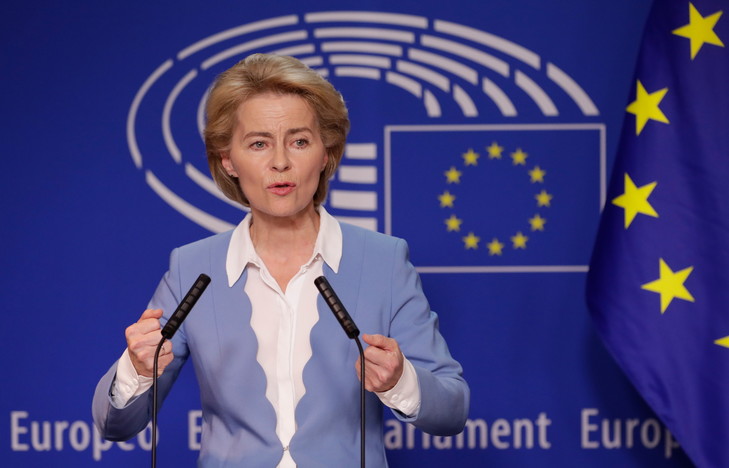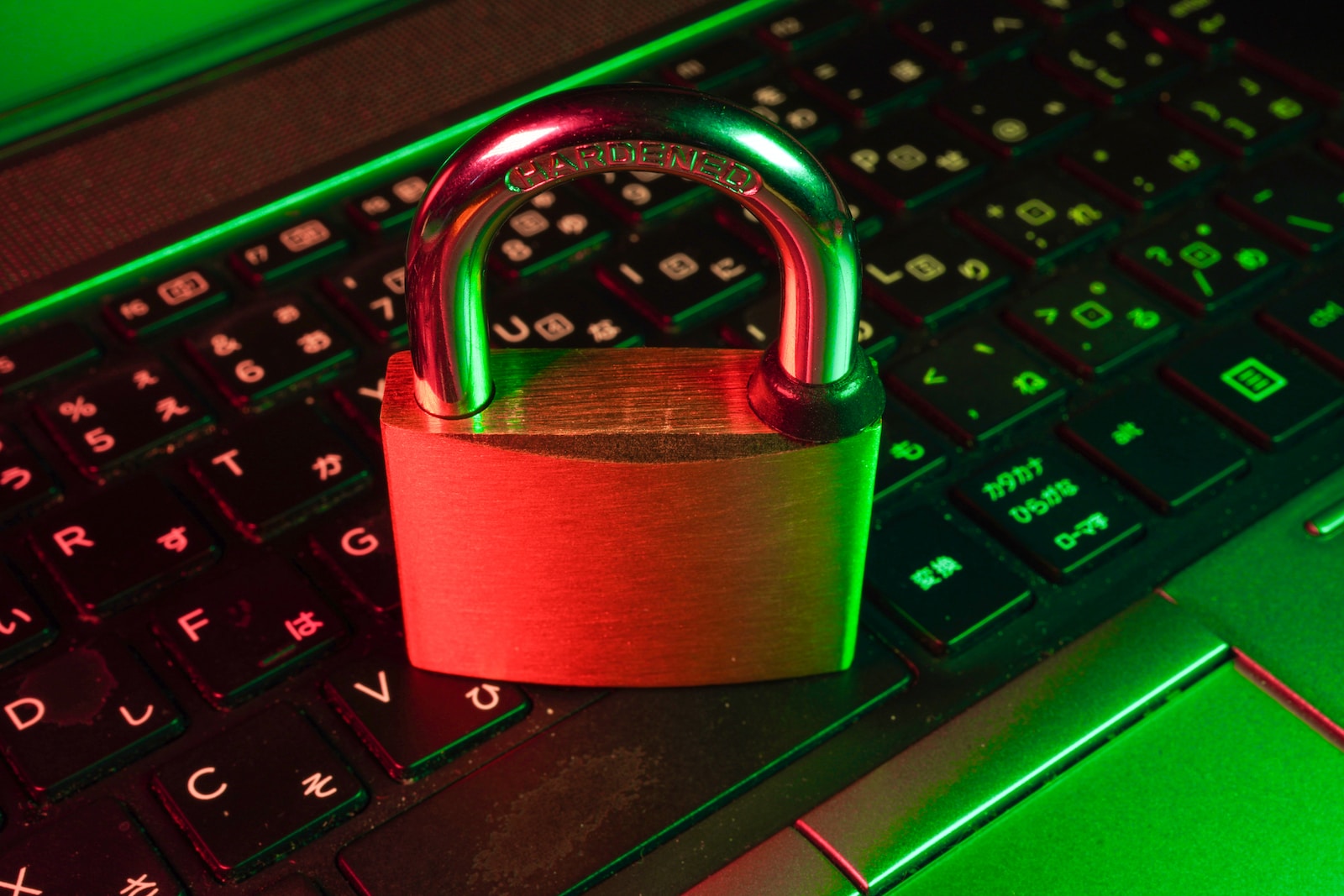by Nick van Ruiten | Oct 12, 2023 Smokers want a smoke-free future. To succeed, supporting the body is important. What role do vitamins play in this?
Smokers are aware of harm
You don’t have to convince smokers that they are damaging their health. They know all too well that they are putting unnecessary strain on their bodies. Smokers are confronted with this every day, especially in this Stoptober month*.
It is generally known that cigarettes contain more than 4,000 chemicals, hundreds of which are harmful to health and dozens of which are even carcinogenic. That is why being smoke-free is now the ‘new normal’*.
The toxic substances in tobacco smoke cause damage to the body, cells and tissue. This can lead to accelerated aging and a greater risk of health problems.
Smokers therefore know that they should actually quit and they have often made many attempts. But because quitting can be accompanied by nervousness, sleep problems, anxiety, headaches, concentration problems, irritability, dizziness and a craving for food, quitting is often a difficult process.
What people who want to quit smoking often do not know, but what is crucial to know, is that you can support the body in reducing and quitting smoking. Even those who want to continue smoking often do not know how they can optimally protect their body against the bad influence of tobacco smoke.
- Stoptober: https://stoptober.nl/
- From: https://www.rookvrijgene.nl/artikelen/driekwart-van-de-nederlanders-vindt-rookvrij-het-nieuwe-norm/
Oxidative stress, free radicals and antioxidants
The damage to cells and tissues in the body caused by smoking is mainly caused by oxidative stress.
Oxidative stress is a normal phenomenon in nature and is the process that underlies the normal aging process of the body’s cells. Chemically speaking, it involves a reaction with oxygen, as we see when iron rusts.
When there is too much oxidative stress, as is the case with smoking, the body is damaged and the aging process will accelerate. The health of the body can deteriorate and requires a lot of energy to recover.
Oxidative stress is caused by free radicals . Free radicals are unstable molecules that can oxidize (rust) cells and tissues, causing damage.
Your body tries to protect itself as much as possible against oxidative stress with the help of antioxidants . An antioxidant is a substance that prevents oxidation and can neutralize free radicals and render them harmless.
Protective antioxidants are essential to prevent damage to cells and the body. If there is no balance between the number of free radicals and antioxidants, the free radicals are not neutralized and oxidative stress occurs in the body.
Smoking puts large amounts of free radicals in the body, which increases the demand for antioxidants. This can quickly lead to an imbalance between the number of free radicals and antioxidants, causing increased oxidative stress and accelerated aging.
The role of vitamins and minerals
It is generally a known fact that many vitamins and minerals have a protective function for smokers due to their antioxidant effect. As a result, they play a major role in preventing harmful oxidative stress in the body of smokers.
Due to harmful tobacco smoke, smokers will also consume these vitamins and minerals more quickly , which means they will be more likely to suffer from major deficiencies than non-smokers. In addition, the harmful substances in tobacco smoke can also hinder the absorption of vitamins and minerals.
Many vitamins and minerals are now recognized as acting as antioxidants. Here are some famous examples:
Vitamins: Vitamin C, Vitamin E, Vitamin A, Vitamin B2
Minerals: Copper, Manganese, Selenium, Zinc
These are the vitamins and minerals that can be said to act as antioxidants. There are many other nutrients that have antioxidant properties. That is why a healthy and varied diet is of great importance, with an optimal balance of vitamins, minerals and trace elements in the right amount.
If you want to quit smoking or want to gradually cut back, it helps to prevent deficiencies in these essential nutrients.
For smokers, the following two vitamins in particular play an important role in protecting their bodies against oxidative stress: vitamin E and vitamin C.
The importance of vitamin E and vitamin C
Vitamin E is the first line of defense that protects the body against the free radicals caused by smoking. In addition, vitamin E protects the alveoli in the lungs. That’s why it’s so important for smokers to ensure they get enough vitamin E.
Because vitamin E is so important for protecting the lungs, in the event of a shortage, the body will extract vitamin E from other tissues and bring it to the lungs. This also causes vitamin E deficiencies to develop more quickly in all other tissues of the body. All tissues of the body therefore become increasingly vulnerable to toxins and free radicals.
By neutralizing the free radicals, vitamin E will not only become ineffective but will also become a free radical itself because the effect of vitamin E is exhausted. That is why you also need vitamin C because it comes to the rescue of vitamin E by helping to restore the ineffective vitamin E to its active form.
Vitamin C therefore works as an antioxidant for vitamin E and returns this vitamin to its active and working form. Taking vitamin C can prevent the serious depletion of vitamin E in smokers because the vitamin E can be continuously reused in this way. Without vitamin C, the effective vitamin E will quickly diminish and oxidize.
Vitamin C itself is also a strong antioxidant that helps protect cells against the oxidative damage caused by tobacco smoke. Vitamin C will also be used up quickly by smokers and smokers may develop deficiencies.
We all need at least 40 mg per kilogram of body weight of vitamin C (40 x weight = number of milligrams of vitamin C). But smokers need more. It has been determined that a smoker needs at least an additional 50-100 mg of vitamin C per cigarette.
Since vitamin C is also necessary for collagen formation, smoking will affect the quality of collagen in the body. Healthy collagen is important for bones, cartilage, teeth and gums, among other things. The quality of our blood vessels and the health of our skin also depend on collagen.
This also explains the ‘Smoker’s skin’ that many people who have smoked or have smoked for a long time suffer from. The breakdown of vitamin C by the harmful substances in tobacco smoke leads to reduced quality of collagen in the skin and accelerated skin aging.
Support for (quitting) smoking
In addition to the above data, all vitamins, minerals and trace elements play an important role in maintaining health for all of us, but especially for smokers.
If you want to stop or gradually reduce your intake, it will certainly help if you ensure that you eliminate and keep away all deficiencies.
Take a good multivitamin with all vitamins and minerals in the right balance and quantity, in combination with extra calcium and magnesium ( CalMag drink ) and sufficient vitamin C.
Of course, all this in combination with improving all other aspects of a healthy lifestyle.
For smokers and people who want to quit smoking, it is important to know about the importance of vitamins and minerals.
Then also listen to the De Rook Stop Buddy Show by Maarten Groen and Margot Broer with Drs. Nick van Ruiten – https://www.rookstopbuddy.nl/rook-stop-buddy-show/




